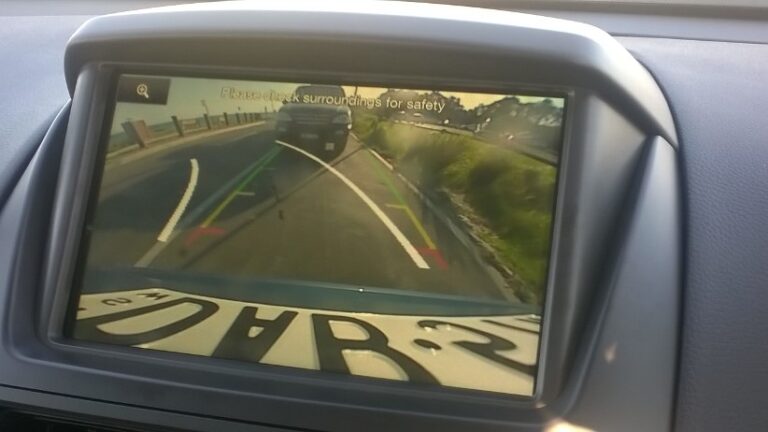Now that the Federal election is over and lockdowns are a distance memory, more drivers are back on the road so it’s a good time for Fleet Managers to review their driver education and safety programs because employees may have be match fit for long days on the road.
Peter Bubeck, Chief Commercial Officer at Unity Claims Management, provided FAN with a list of the most common fleet accidents to help organisations tailor their safe driver training and communication programs.
Here the top 5 fleet related causes of accident excluding hail and glass claims:
| 1 | Reversing/Parking |
| 2 | Damage Whilst Parked |
| 3 | Nose to Tail Collision |
| 4 | Unexplained/Unreported Damage |
| 5 | Hit Object on Road |
This list above was confirmed by Stewart Nicholls, Managing Director at STC Education, when asked about his experience with training fleet drivers.
“Many fleets report to us that low speed collisions with objects like bollards etc are the most common mistakes drivers make,” Staes Nicholls. “This is generally due to inattention and rushing. On the other end of the scale for more serious crashes, we see fatigue and distractions as a common causal factor, this often results in serious Workcover injury claims.”
Budgets for safety and training have been diverted to COVID responses since the pandemic begun and the risks associated with driving for work may have been forgotten because of lockdowns and video conferences.
“We do see those organisations that have always been proactive with training continue to invest and some have had savings on insurance that they have reinvested into further training,” explains Nicholls.
“But for the most part many people call for training after a rise in incidents or a serious crash. This is a more reactive approach and sadly isn’t ideal. The best organisations with safe driving strategies are always working towards keeping the incidents and fleet costs low, through proactive training and fleet management.”
The National Road Safety Partnership Program provides a number of resources to help Fleet Managers spread the road safety message across their organisation. Here are a few links to some helpful resources.
- Safe driving in carparks
- Driver distractions
- Tired drivers
- Driving on country roads
- Managing road rage






